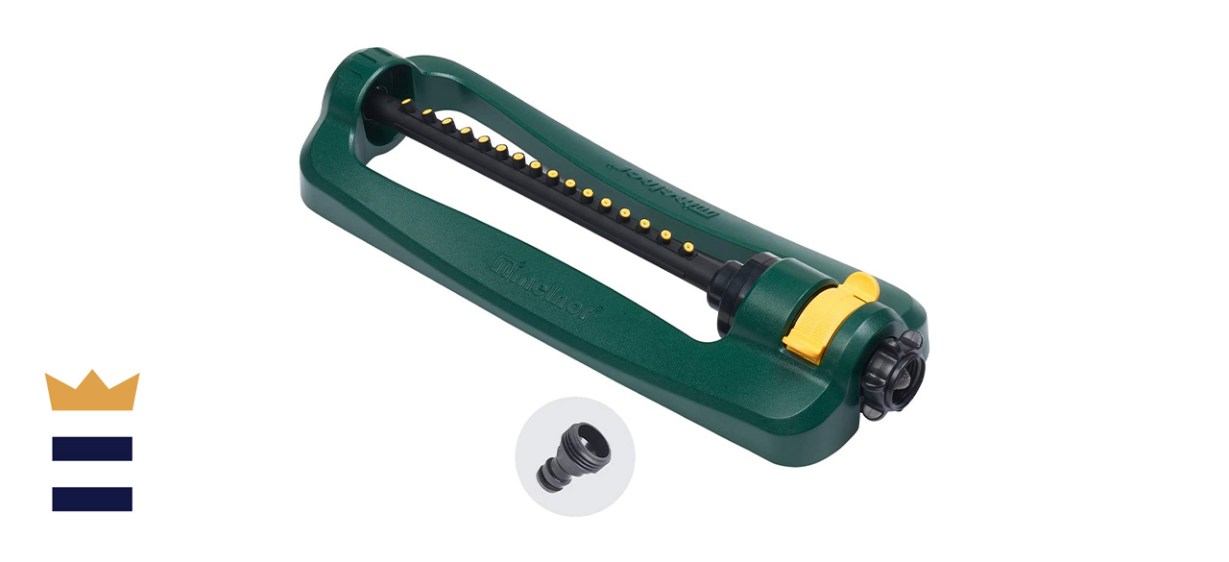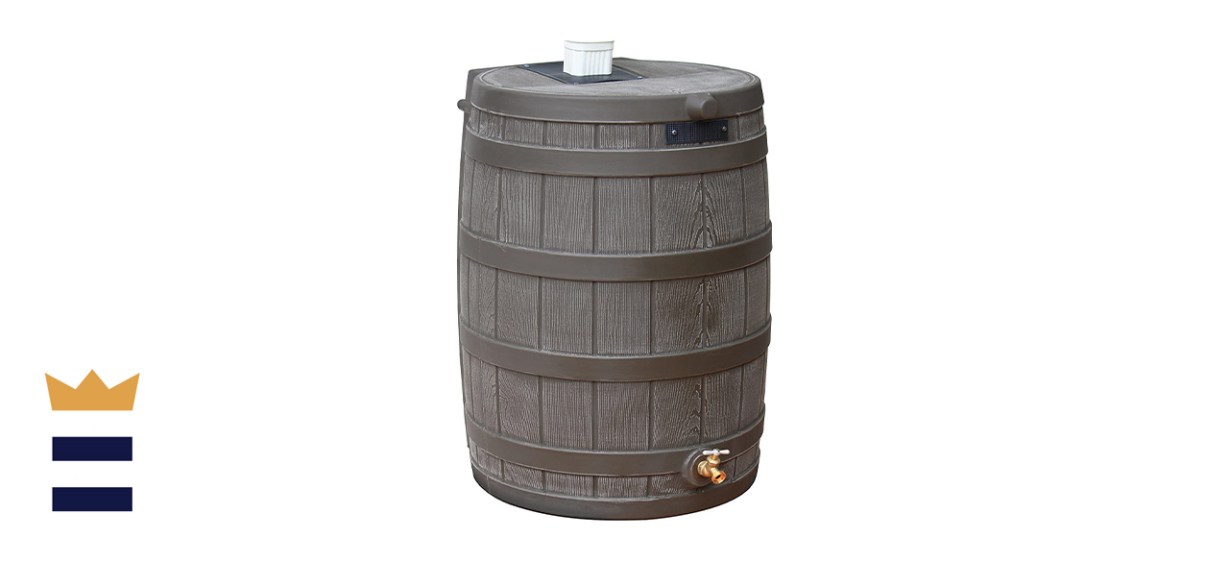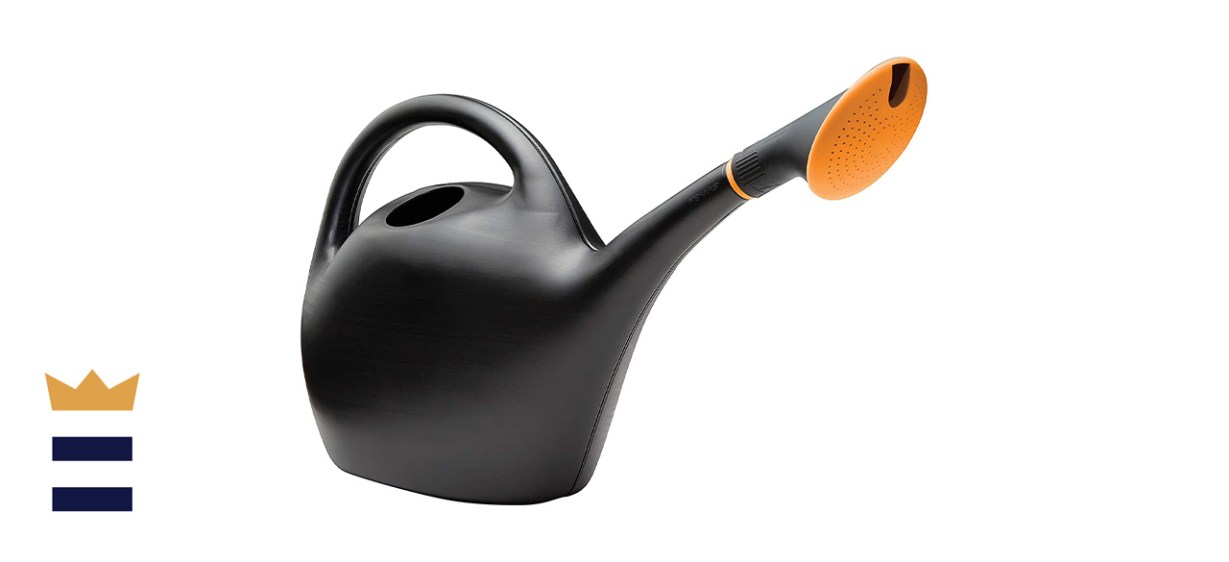How to prepare for a drought

When you spend hours a week maintaining your yard, planting flowers and mowing your lawn, the prospect of drought is distressing. You don’t want all the hard work you’ve put into your garden to be turned around due to a lack of precipitation.
Thankfully, there are actions you can take to prepare your yard for drought and help keep your plants alive when drought strikes.
Consider whether it’s likely to be a recurring issue
Due to global warming, extended periods of dry weather are becoming the norm in many areas. Consider whether you’re likely to experience long stretches of dry weather every summer where you live from now on. If so, it might be worth making some major changes to your garden to make it more drought resistant.
Conventional lawns require plentiful irrigation to keep their green hue, so you may wish to minimize the area of your lawn, instead planting more beds or creating areas of decking or patio paving. Alternative types of grass, such as tall fescue and buffalo grass are more resistant to drought than conventional turf grasses.
You should also consider planting hardy, drought-tolerant plants in your beds. Cactuses are a great choice if you have the climate for them. Succulents are also ideal and there are plenty of species that thrive in cooler climates. Plants with a silvery hue, such as lavender and blooming santolina, are also great at withstanding dry spells.
Mulch your beds
Mulching your borders and flower beds with natural materials traps moisture in the soil, reducing the water requirements of your plants. You can buy dedicated mulch materials, such as conifer bark, pine straw and wood chips. However, you can also use your own garden waste materials to make compost to use as mulch or you can use leaf mold, which is easy to come by if you have lots of deciduous trees in your garden. The best time to mulch is in late winter or early spring as this traps the excess moisture from wetter seasons before the hot sun starts to dry it out.
Buy a rain barrel
Buying a rain barrel is a great way to prepare for drought well in advance. If you buy it during the wetter parts of the year, you can fill it up before dry weather comes to your area. This way, if you’re banned from using hosepipes or sprinklers, you’ll still have access to water to irrigate your plants by hand.
Think about gray water recycling
Gray water is the water used in your home that isn’t soiled by sewage. This can be water used in your washing machine or dishwasher and even your bathwater. While you can have elaborate gray water recycling systems fitted, it’s easy enough to recycle some of your gray water without anything more than a bucket or a watering can. Bathwater and water from the sink after doing the dishes are some of the easiest gray water sources to get your hands on. Just bail some out in a bucket or a watering can and it’s ready to use in your garden. If you have a condenser dryer, you can also use the water collected in the drawer. While you don’t need to collect it in advance, thinking about what gray water you could use and how you’ll collect it will help you feel prepared when the time comes.
Encourage lawn root growth
The deeper the roots of your lawn, the more resilient to drought it is, as it’s able to take water from deeper within the soil. Watering your lawn deeper than you usually would, but less frequently, is a perfect way to encourage deep root growth. Try to water it so that the soil is moist at least 4-6 inches below the surface.
Your lawn will also develop deeper roots if you keep the grass longer than you might usually. Around 3-4 inches is a good length for most grasses, but no shorter than 2.5 inches.
What you need to help your yard through a drought
Melnor 65047-AMZ Flexible Tube TurboTek Turbo Oscillating Sprinkler
Watering your lawn deeply with this sprinkler encourages deeper root growth and can help it withstand a drought. Just don’t use it when a drought is in full swing.
Sold by Amazon
Good Ideas Rain Wizard 50-Gallon Rain Barrel
Collect water in this rain barrel before a drought hits your area. You can use it for watering when a hosepipe ban is in place.
Sold by Amazon
This natural pine needle mulch covers up to 160 square feet of beds, trapping moisture in to minimize your plants’ water requirements. Plus, it has the bonus of suppressing weeds.
Sold by Amazon
If you get a hosepipe ban in your area, you can use this watering can to irrigate your plants or lawn by hand, using gray water or water from your rain barrel.
Sold by Amazon
Sign up here to receive the BestReviews weekly newsletter for useful advice on new products and noteworthy deals.
Lauren Corona writes for BestReviews. BestReviews has helped millions of consumers simplify their purchasing decisions, saving them time and money.
BestReviews spends thousands of hours researching, analyzing and testing products to recommend the best picks for most consumers. BestReviews and its newspaper partners may earn a commission if you purchase a product through one of our links.
Copyright 2023 Nexstar Media Inc. All rights reserved. This material may not be published, broadcast, rewritten, or redistributed.













